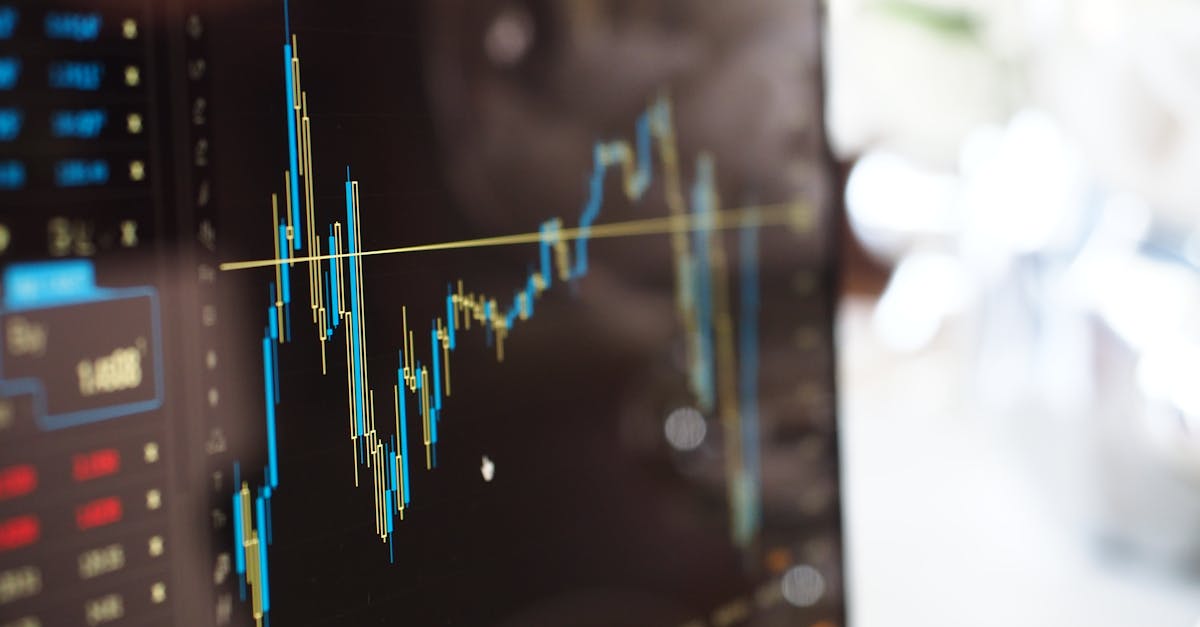
Table Of Contents
Market Liquidity Throughout the Day
The forex market's 24-hour operation is primarily driven by the need for liquidity, which allows traders to buy and sell currencies with minimal price disruption. This liquidity varies throughout the day, reflecting when major financial centres around the globe are active. During the overlap of trading sessions, particularly between London and New York, liquidity peaks, creating opportunities for traders engaging in fx trading in those periods. The continuous nature of the market means that liquidity is always present to some degree, facilitating smoother transactions for traders, regardless of the time.
Traders benefit from understanding when liquidity fluctuates as it can greatly impact trading strategies. Low liquidity periods may lead to wider spreads and increased slippage. Conversely, high liquidity times can result in tighter spreads and better trade execution conditions. As a result, those who partake in fx trading in different time zones must consider market activity levels. Recognising these variations helps traders plan their activities more effectively and enhances their chances of successful trades.
The Importance of Active Trading Periods
Active trading periods in the forex market occur when major financial centres overlap, resulting in heightened liquidity and volatility. This fluctuation attracts traders, offering ample opportunities to profit as prices react swiftly to market news and economic data. Times such as the overlap between London and New York sessions typically see the highest trading volume. Traders are more likely to execute profitable trades during these periods due to the greater availability of buyers and sellers in the market.
The significance of these active trading periods cannot be understated, especially for those involved in fx trading in various currencies. Strategies are often adapted to capitalise on the dynamics present during these times. As different regions open and close, the forex market is constantly responding to global developments, ensuring that traders who position themselves effectively can harness the potential presented by these active windows.
Influence of Economic Events
Economic events play a crucial role in shaping the dynamics of the forex market. Scheduled announcements from central banks, employment data releases, and inflation reports can lead to significant price movements. These events provide opportunities for traders, as they often stir market volatility and influence currency valuations. Scheduled economic reports are strategically timed to cater to global markets, ensuring that traders across different time zones can respond to new information instantly.
The varied schedules of economic announcements across countries create overlapping trading sessions, which enhances liquidity. As traders react to news impacting their local economies, they engage in fx trading in various regions simultaneously. This synchronicity contributes to a responsive forex environment, enabling swift adjustments to global events. Hence, monitoring scheduled economic reports is essential for traders looking to capitalise on price movements that result from these developments.
Scheduled Reports Impacting Market Hours
Scheduled economic reports significantly influence trading activity in the forex market. These reports, which include employment figures and inflation data, prompt traders to adjust their strategies, potentially leading to increased volatility during specific times of the day. As traders react to these scheduled events, the liquidity and spread can tighten, presenting both opportunities and risks for those engaged in fx trading in various currency pairs.
Market participants often keep a keen eye on calendars that outline the timing of these reports. The anticipation around such announcements can lead to heightened trading volumes, especially in the lead-up to their release. Consequently, many traders plan their strategies around these key economic indicators, which can dramatically shift market sentiment and trend direction in fx trading in the hours immediately after their publication.
The Role of Technology
Technology has fundamentally transformed the landscape of the foreign exchange market. High-speed internet and sophisticated trading platforms have made it possible for traders across the globe to participate in fx trading in real-time, often from the comfort of their homes. This accessibility allows for seamless transactions regardless of geographic location, contributing to the market's ability to operate continuously. Developments in mobile trading apps have further enhanced convenience, enabling traders to monitor and execute trades from anywhere at any time.
Additionally, algorithmic trading has emerged as a significant force in the forex market. Traders utilise automated systems designed to analyse market trends and execute trades at optimal times. This advancement has increased market efficiency and liquidity, ensuring that trades can be completed almost instantaneously. As these technologies continue to evolve, they drive further participation in fx trading in all time zones, reinforcing the 24-hour nature of the market and attracting traders looking for opportunities around the clock.
Advancements Enabling Continuous Trading
Technological advancements have revolutionised forex trading, allowing it to operate continuously around the clock. Electronic trading platforms have replaced traditional methods, making it possible for traders to access the market from anywhere at any time. These platforms offer real-time data, enabling participants to execute trades instantaneously. The development of mobile trading applications has further enhanced accessibility, allowing traders to monitor their positions and react to market changes while on the move.
Algorithmic trading has also emerged as a crucial element in facilitating uninterrupted trading. These computer-driven systems can analyse vast amounts of market data and execute trades based on predefined criteria without human intervention. This innovation not only enhances efficiency but also contributes to market liquidity, making fx trading in different time zones seamless. As technology continues to evolve, the forex market is likely to see further improvements in speed and accessibility.
FAQS
Why is the Forex market open 24 hours a day?
The Forex market is open 24 hours a day to accommodate global traders across different time zones and to ensure continuous trading, which enhances market liquidity and efficiency.
What are active trading periods in the Forex market?
Active trading periods refer to specific times during the day when trading volume is highest, typically when major financial centres, such as London and New York, are open simultaneously, allowing for greater market activity and price movement.
How do economic events influence the Forex market?
Economic events, such as interest rate announcements, employment reports, and GDP releases, can significantly impact currency values and create volatility in the Forex market, making these events crucial for traders.
What are scheduled reports, and how do they impact market hours?
Scheduled reports are regular economic data releases that influence trader sentiment and market behaviour. These reports can create bursts of activity in the Forex market, affecting trading strategies and timing.
What role does technology play in the Forex market's 24-hour operation?
Technology plays a vital role in enabling continuous trading through advanced trading platforms and algorithms, facilitating real-time data analysis, and providing traders with the tools they need to execute trades at any hour.




